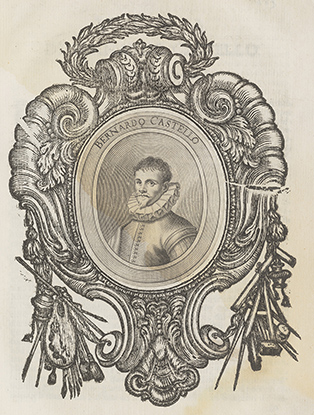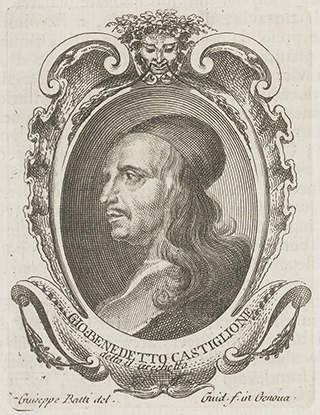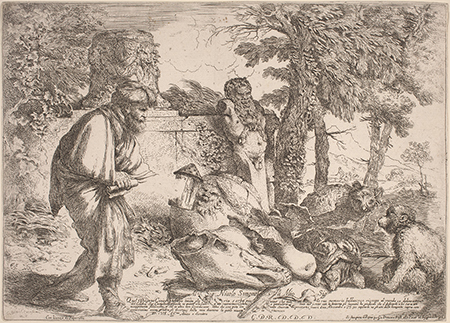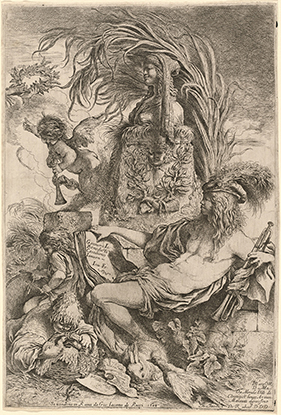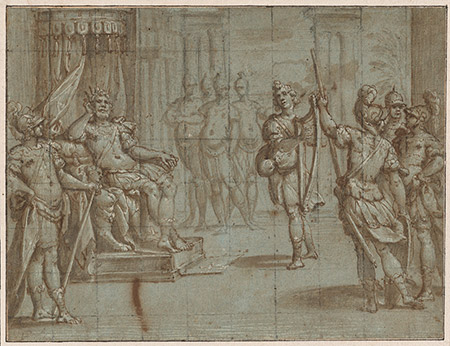Weekdays from 11 a.m. to 4 p.m.
Known as La Superba, Genoa was one of Italy’s most prosperous maritime powers in the Mediterranean from the late Middle Ages until the eighteenth century. Genoese naval prowess, critical to the outcome of the Crusades, gave rise to a thriving merchant class and led to the establishment of trading colonies throughout the region. By the sixteenth century, Genoa emerged as one of the foremost banking centers in Europe, and its leading families funded the construction of impressive architectural marvels. Bountiful commissions to decorate these buildings supported a flourishing community of local artists and attracted prominent painters and sculptors from across northern Europe to the Ligurian coast.
Visit the National Gallery of Art Library to see a selection of rare books and works on paper produced in the Republic of Genoa from the end of the sixteenth century to the middle of the eighteenth century. Drawn from the collections and library of the National Gallery, these works range from images of the grand architecture of Genoa’s palaces and mansions to elaborately illustrated editions of Torquato Tasso’s epic poem Gerusalemme liberata, genealogical works about Genoa’s leading families, and biographies of Genoese artists alongside some of their drawings and etchings. Together, these works offer a glimpse into Genoa’s print culture at the height of the baroque period.



